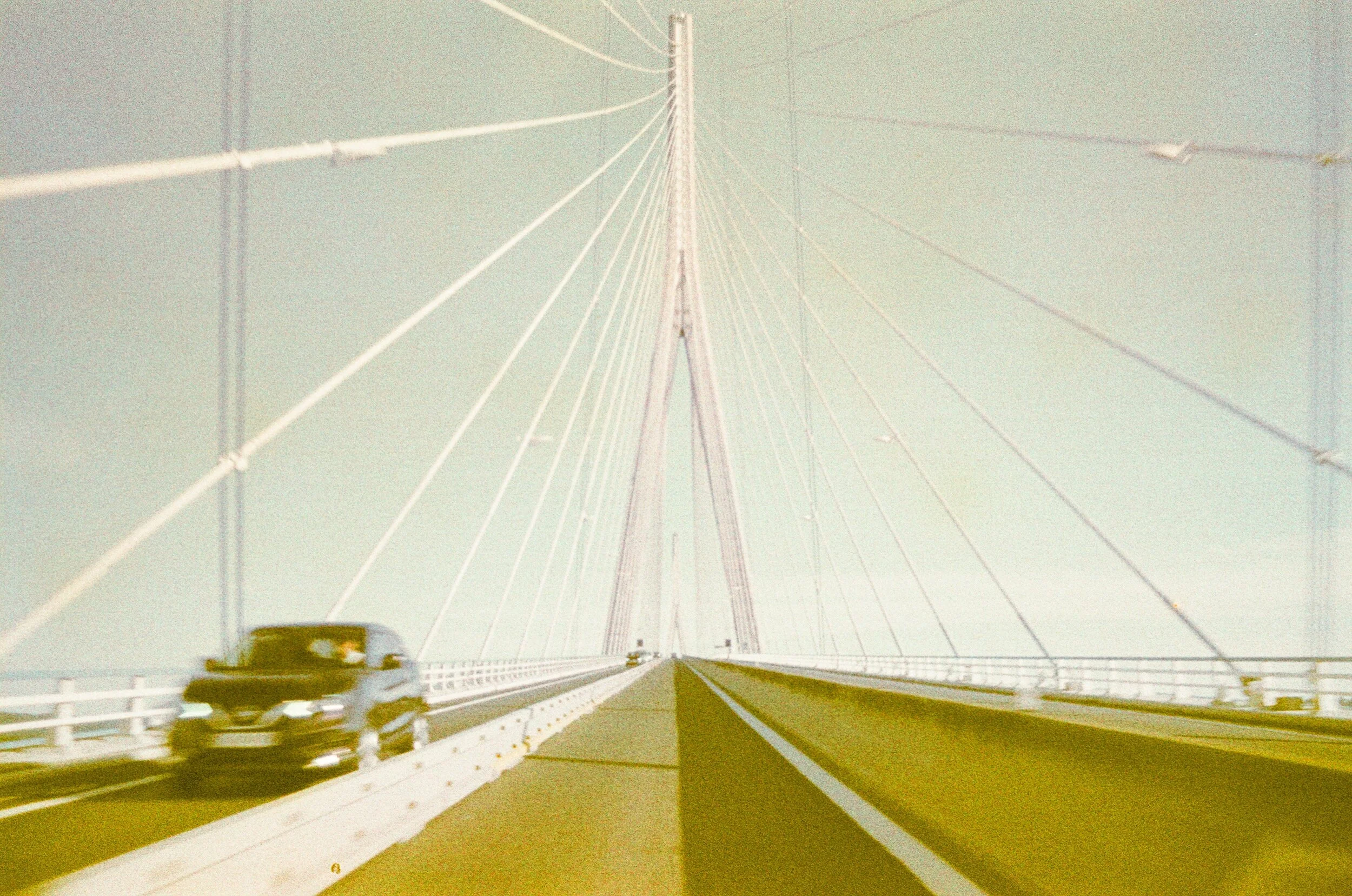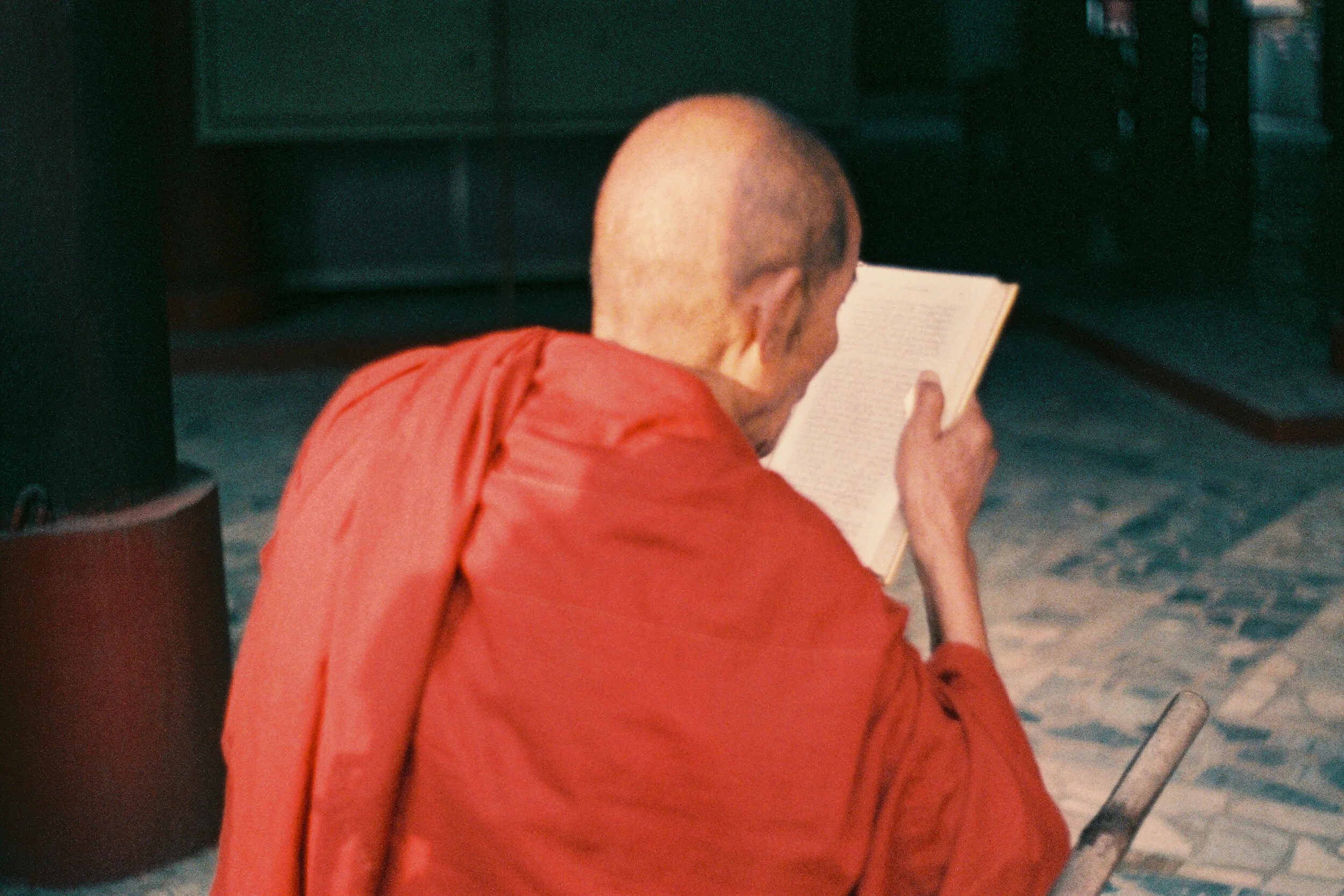One month after the Future of Aid 2040 report launch in New Delhi, hosted by IARAN, START Network, CHL, and the Humanitarian Hub, discussions continue across Berlin and Bogotá. The report envisions a reimagined aid system by 2040 centered on inclusivity, local leadership, and collective action. Key voices—including Sneha Mishra, Anuj Tiwari, Rajesh Kapoor, Vasundhara Pandey, and Manu Gupta—called for equitable resource distribution, decentralized decision-making, and stronger community ownership. AIDMI emphasized integrating local knowledge and the evolving role of AI to enhance future aid delivery and resilience.
Invisible Infrastructure: Reimagining Infrastructure Mapping for Humanitarian Intervention in Contemporary Sudan
OpenStreetMap emerges as a crucial tool in addressing the humanitarian crisis in Sudan, where traditional aid efforts overlook peripheral communities and critical infrastructure remains unmapped. Hernández highlights how this participatory mapping platform can help bridge visibility gaps, allowing local actors to contribute vital geographic data. The article envisions four possible futures shaped by the intensity of conflict and access to open mapping tools: (1) High conflict with minimal access leads to continued invisibility of rural communities; (2) Low conflict with limited access risks long-term neglect of peripheral areas; (3) High conflict with ample access could enhance response coordination despite violence; and (4) Low conflict with broad mapping use enables inclusive recovery.
Crisis humanitaria y violencia armada en el Congo: Una lucha por el control de recursos y territorios
The conflict in eastern Democratic Republic of Congo (DRC) has spanned four decades, marked by escalating violence and the resurgence of armed groups like M23. Rooted in political instability since the 1990s, exacerbated by foreign interventions and regional conflicts, the crisis has displaced over seven million people, creating dire humanitarian needs. Despite international calls for action, support remains insufficient. Future scenarios hinge on addressing core issues like resource control, regional tensions, and governance reform. Potential paths include continued conflict, systemic collapse, gradual stabilization, or transformative peacebuilding efforts driven by local and international cooperation.
El Futuro de la Crisis Alimentaria en Myanmar
Myanmar's enduring conflict and political instability have severely impacted food security, with 15.2 million people facing hunger, including 12.9 million in severe conditions. Armed violence, displacement, and climate disasters, such as Cyclone Mocha, have disrupted agriculture and supply chains, leaving rural communities especially vulnerable. Humanitarian efforts remain underfunded, reaching only 40% of the targeted population in 2024. Projections suggest food insecurity will worsen, potentially affecting over 20 million by 2028. Limited access to resources, rising food prices, and environmental degradation exacerbate the crisis. Urgent action, including improved humanitarian access and investment in climate-resilient agriculture, is critical to mitigate worsening conditions.
The struggle between Growth and Natural Conservation in the Global South
This article delves into the critical tension between economic development and environmental preservation in some of the world's most vulnerable regions. By analyzing recent trends and leveraging strategic foresight, we provide a comprehensive overview of potential future scenarios and their implications. This piece for professionals and academics interested in understanding the evolving dynamics of sustainable development. Whether you are seeking to stay ahead of the curve or simply broaden your knowledge, this article offers valuable insights and actionable takeaways.
South Asia’s Escalating Climate Crisis: Confronting the Displacement Dilemma
Rising sea levels, soaring temperatures, dwindling resources, and extreme weather events have inundated our headlines this decade. As the climate crisis intensifies, its impact on human displacement is also becoming increasingly evident. While the awareness of climate-related adversities is gaining traction globally, international law is yet to provide a legal framework for those displaced by severe climatic events. The term ‘climate refugees’ remains largely unrecognized under international humanitarian law since most climate-induced migration is localized within national borders. This gap in legal recognition becomes increasingly concerning as projections indicate that around 1.2 billion people may be displaced by 2050 due to climate-related disasters.
Futures of Mobility in Mexico City
The "Doble Hoy No Circula" initiative has been an important measure to mitigate air quality within Mexico City's Comprehensive Program Against Atmospheric Pollution (PICCA). This measure was implemented as an urgent response to the growing air quality crisis. It current model began in 2014, aiming to restrict the use of private vehicles on specific days to reduce pollutant emissions and improve public health. In a megacity like Mexico City, where mobility and pollution are interconnected, policies like this affect not only the environment but also the health and well-being of its inhabitants.
Humans and machines, imagining futures together
This article explores the integration of generative artificial intelligence (AI) in foresight practices. Foresight, at its core, involves diverse perspectives envisioning future scenarios. Matthew Thomas, as part of the British Red Cross, discusses the rapid use of AI tools, specifically ChatGPT, Bing AI, and Perplexity, to sketch scenarios with a case study related to the UK's cost of living crisis. Although, initial results were unimpressive, with limitations in scenario generation, the article highlights the potential for AI to augment foresight practice, aiding in analysis and content generation for scenario creation.
Why Equity Based Design Thinking is Key to Decolonising Humanitarian Programmes
Whilst multilateral reform and changing the current models of humanitarian financing are ultimately what is needed for systemic change, every agency could adjust the way that it develops programmes- and this small change has the potential to transform aid. Designing and delivering aid programs is a core function of most humanitarian organizations and therefore it is in the process that all humanitarian aid sectors needs to revisit to begin their equity-based, decolonial journey.
The politics of knowledge and the future of aid
Universities and research centers are important, non-traditional, humanitarian actors that actively participate in knowledge production and cadre formation for the sector, with a preponderance of global North institutions over the ones from the South.
There are, at least, three areas of opportunity for Higher Education Institutions (HEIs) in the global North to engage productively with the principles and objectives of the Grand Bargain proposed during the World Humanitarian Summit of 2016, so that humanitarian knowledge production can also jump into the “localization” wagon:
The aid sector needs a new model
Aid is at a critical juncture.
The coronavirus pandemic is just the latest in a series of crises that have tested the logic behind our interventions; questioned our management abilities; and interrogated whether our values are truly just and transformative.
There are renewed calls for aid to change. But it seems most of it are tweaks to an inherently broken system, instead of a real pause and reflection to the very nature of our work.
Venezuelan migrants in Colombia: Is humanitarian aid enough?
Considering the large numbers of migrants, plus the already existent vulnerable population in Colombia, a solely humanitarian approach clearly falls short. There must be a bridge between humanitarian affairs and development. In that way, the migrants will improve their access to basic services, hence a better life, and at the same time, the host country and community will experience the positive effects coming from migration.
Aid is everyone's business
A Letter for Humanitarians
New crises, same approaches. Why aren’t humanitarians evolving?
Who does the rebuilding...and the reimagining?
The value of research and foresight for building agile strategies
Facetime versus Face-to-face time
Futures and Organisational Transformation
8 non-analytical things I learnt at an analysis training
In this piece Leonie reflects on a workshop which she attended in mid-June where she spent 3 days with the IARAN fellows: a group of humanitarian professionals with expertise that spans urban planning and UK asylum law to GIS and social entrepreneurship. They discussed how each of them, in their separate organisations can bring change to the humanitarian sector, for the better.






















